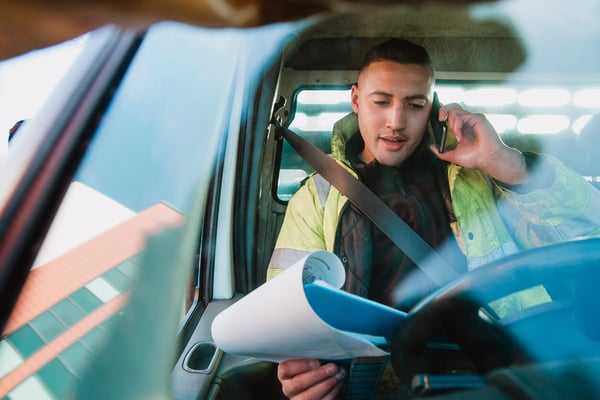Did you know that 76 % of Americans expect companies to take action against climate change, and 73 % would stop purchasing from one that doesn’t care about sustainability?
In this blog post, we dive deeper into one of the largest challenges the industries face and how you can benefit from going greener as a business.









